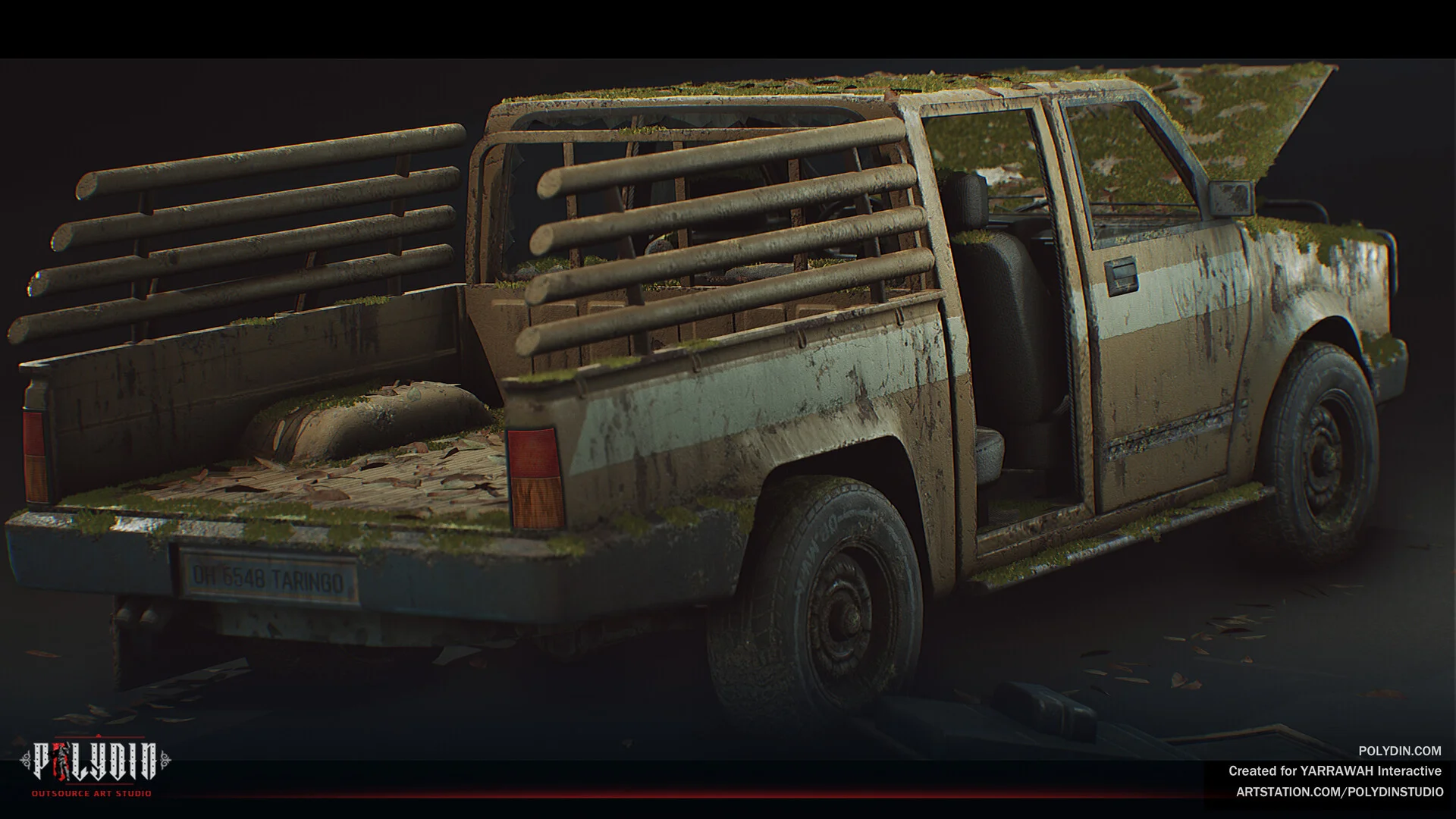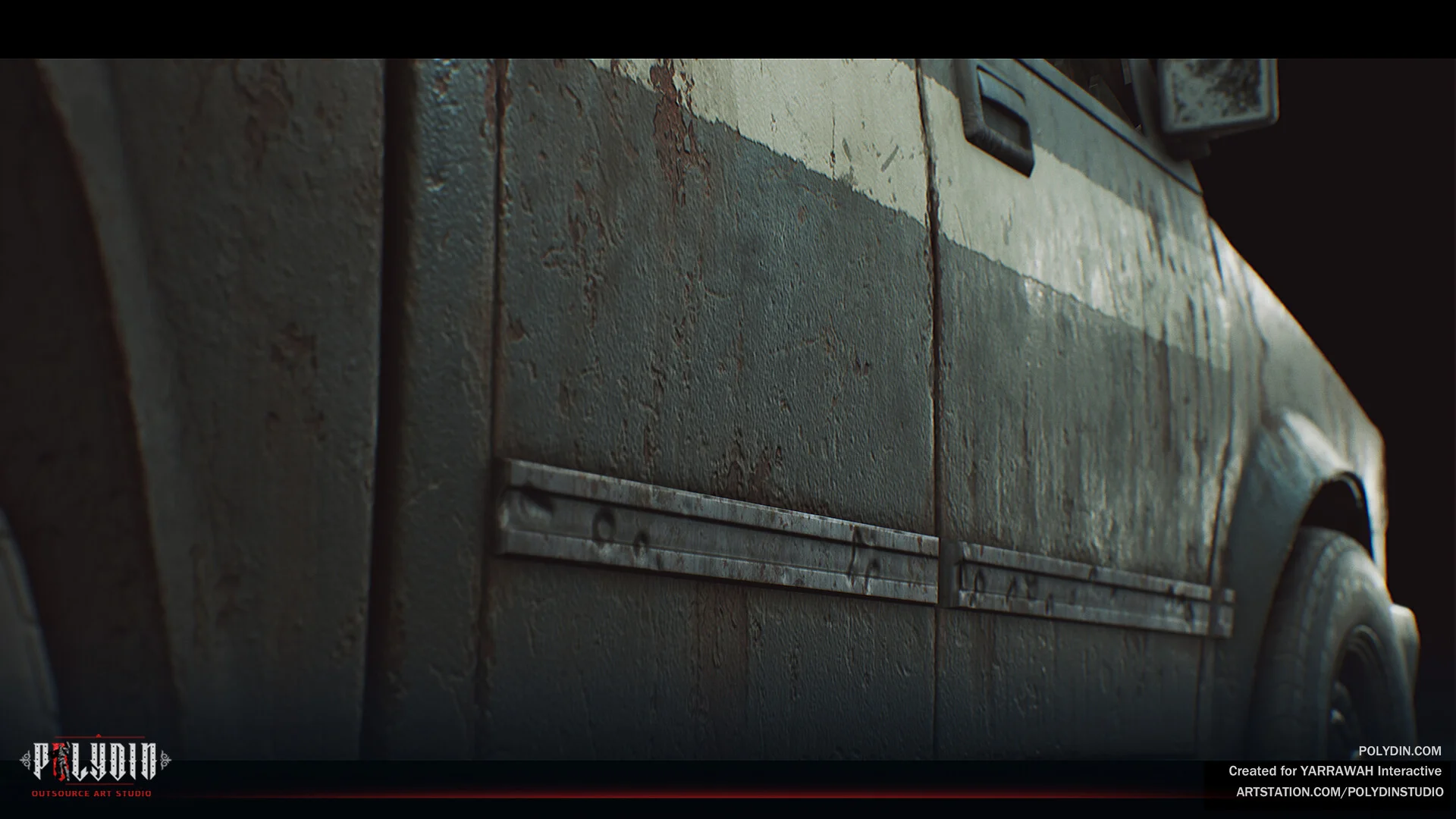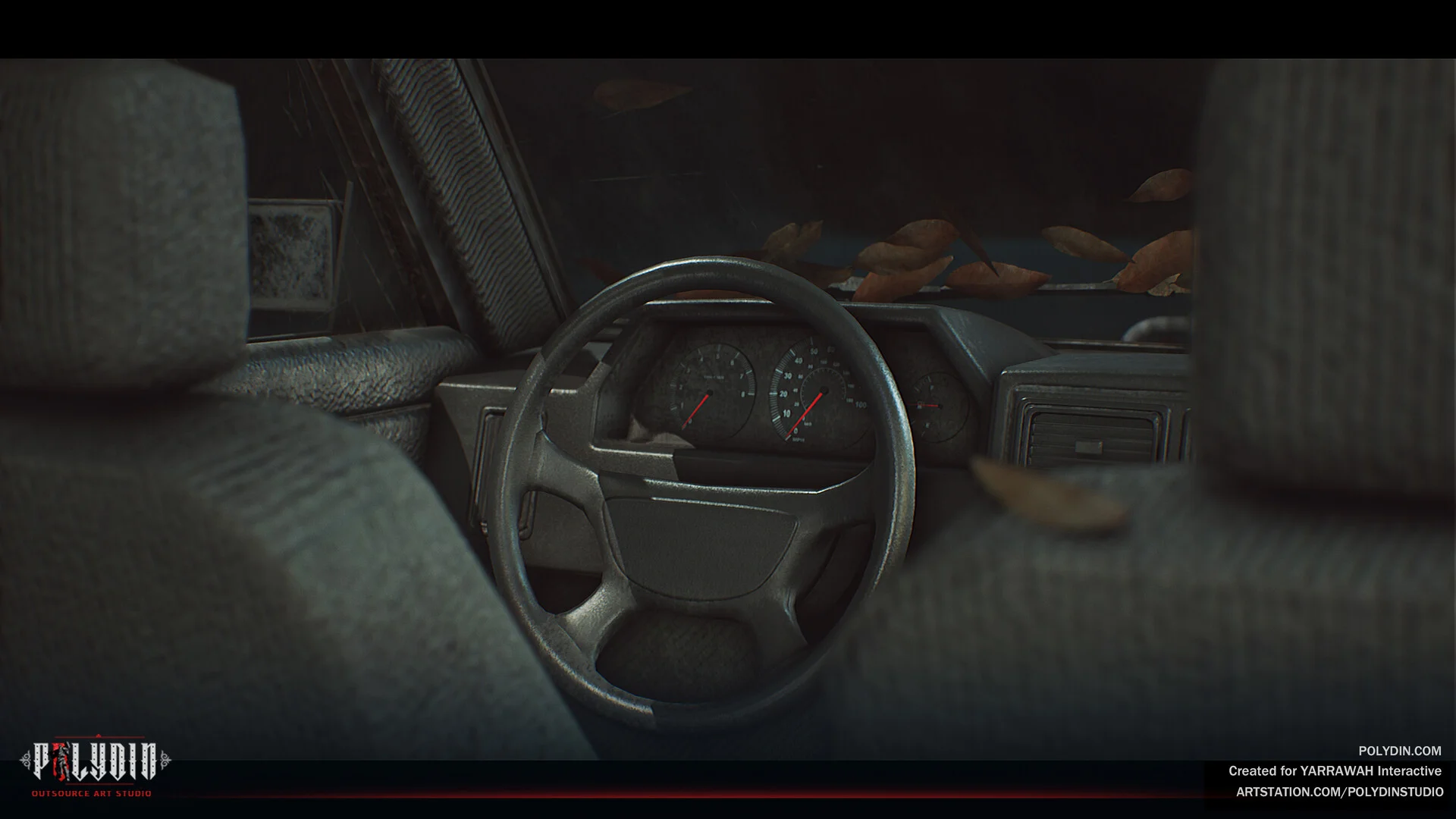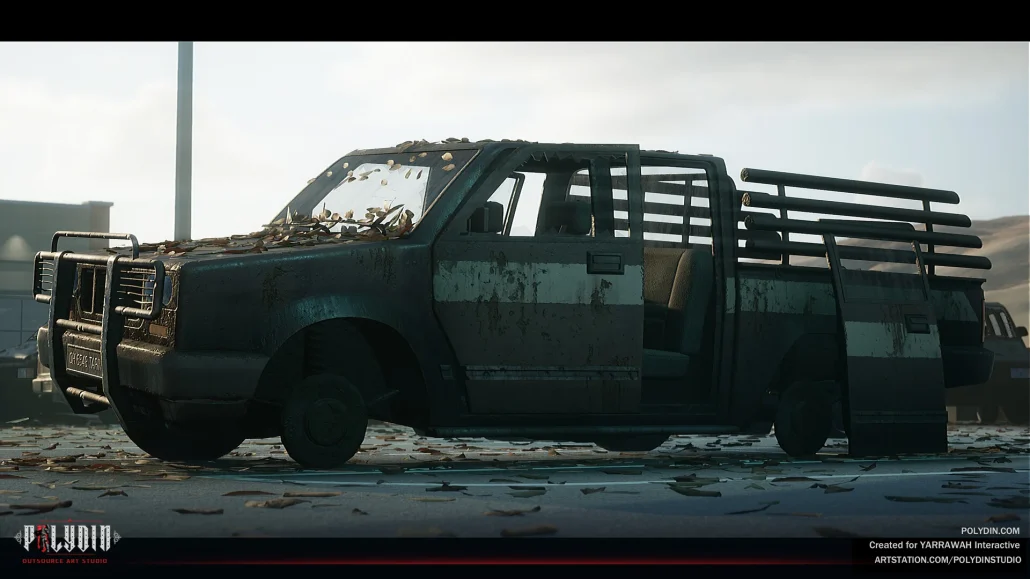In the dynamic world of digital design and gaming, 3D vehicle modeling stands as a cornerstone skill, shaping immersive experiences and pushing the boundaries of visual storytelling. We invite you on a journey through the intricacies of crafting lifelike and dynamic vehicles in the virtual realm. From laying the foundation with the basics of 3D vehicle modeling to delving into advanced techniques for achieving realism, we explore the profound significance of this art form in the realm of game design. Unravel the challenges that artists and designers face in the pursuit of perfection and discover the diverse applications that extend far beyond gaming. As we traverse this creative landscape, we uncover not just the technicalities of 3D vehicle modeling but the artistry that transforms digital vehicles into integral components of captivating virtual worlds.
Basics of 3D Vehicle Modeling
At its core, the basics of 3D vehicle modeling involve a meticulous process of translating the physical intricacies of real-world automobiles into a digital, three-dimensional space.
- Understanding Vehicle Anatomy: At the foundation of 3D vehicle modeling lies a comprehensive grasp of the anatomy of vehicles. This includes a keen awareness of the proportions, contours, and specific features that define different types of vehicles. Whether it’s the aerodynamic curves of a sports car or the robust structure of a military tank, a solid understanding of these details is imperative.
- Utilizing Modeling Software Tools: Proficiency in modeling software is key to translating conceptual understanding into a tangible digital form. Industry-standard tools like Blender, Maya, or 3ds Max provide the digital canvas where artists bring their visions to life. Mastering the diverse array of tools within these software packages allows artists to manipulate vertices, edges, and faces, shaping the vehicle’s framework with precision.
- Precision in Proportions: Achieving realistic proportions is a fundamental aspect of 3D vehicle modeling. This involves meticulous attention to size relationships between various components – ensuring that wheels align seamlessly with the vehicle’s body, and every detail contributes to a cohesive and authentic representation.
- Detailing and Refinement: The devil, as they say, is in the details. From the subtle grooves of a tire to the intricacies of headlights, 3D vehicle modeling demands a meticulous approach to detailing. Artists add layers of refinement to ensure that the digital representation mirrors the nuanced features of its real-world counterpart.
- Texture Mapping and Materials: Adding the finishing touches involves incorporating textures and materials. This step enhances the visual appeal by applying realistic surface finishes, such as metallic sheens or matte textures. Texture mapping allows artists to wrap the 3D model with intricate details, contributing to its overall authenticity.
- Testing and Iteration: The iterative process is integral to 3D vehicle modeling. Testing the model from different perspectives, scrutinizing proportions, and making necessary adjustments ensure a continuous refinement of the digital vehicle. This iterative approach is essential for achieving a final product that meets the desired level of realism.


In essence, the basics of 3D vehicle modeling encompass a harmonious blend of artistic intuition and technical skill. It’s a dynamic process where creativity meets precision, resulting in digital representations that seamlessly merge into the vast landscapes of virtual worlds, gaming environments, or cinematic productions. Mastering these fundamentals opens the door to a realm where the artistry of vehicle design converges with the precision of digital modeling, producing awe-inspiring results in the expansive field of 3D design.
Techniques for Realistic 3D Vehicle Modeling
Creating realistic 3D vehicle models is a nuanced craft that demands a blend of technical expertise and artistic finesse. To achieve authenticity in digital representation, several advanced techniques are employed:
- Reference Gathering: The foundation of realistic 3D vehicle modeling lies in thorough reference gathering. Artists meticulously collect high-quality images, blueprints, and even physical measurements of the targeted vehicle. This ensures accurate proportions and details during the modeling process.
- Subdivision Modeling: Subdivision modeling involves starting with a low-polygon mesh and progressively adding detail by subdividing the geometry. This technique allows for smooth surface transitions and intricate detailing, crucial for achieving realism in the final model.
- High-Quality Texturing: Realistic texturing is a cornerstone of achieving authenticity. Artists use high-resolution textures to capture fine details like surface imperfections, paint variations, and wear-and-tear. Techniques like normal mapping and specular mapping add depth and realism to the vehicle’s appearance.
- Physically-Based Rendering (PBR): Adopting Physically-Based Rendering principles enhances the realism of 3D vehicle models. PBR mimics how light interacts with surfaces in the real world, considering factors like reflectivity, roughness, and metallic properties. This results in accurate lighting and shading effects on the model.
- Detail Normal Maps: Detail normal maps are crucial for adding intricate surface details without increasing the model’s polygon count. Artists create these maps to simulate finer details like panel lines, grooves, and surface irregularities, contributing to a more realistic appearance.
- Advanced Lighting Techniques: Utilizing advanced lighting techniques, such as High Dynamic Range Imaging (HDRI) and Global Illumination, enhances the interplay of light and shadows on the 3D vehicle model. This creates a more immersive and lifelike visual experience.
- Realistic Interior Modeling: For vehicles with visible interiors, modeling the inside with precision is essential for achieving realism. This includes accurately recreating the dashboard, seats, steering wheel, and other interior elements with attention to detail.
- Rigging and Animation: To bring life to the vehicle in dynamic environments, rigging and animation play a crucial role. Rigging involves creating a skeletal structure for the vehicle, allowing for realistic movements, while animation breathes life into the model, showcasing its functionality and responsiveness.
- Photorealistic Rendering Engines: Leveraging advanced rendering engines like V-Ray, Arnold, or Redshift can elevate the level of realism in 3D vehicle modeling. These engines simulate complex lighting scenarios and material interactions, resulting in photorealistic renders.
- Post-Processing Effects: Applying post-processing effects, such as depth of field, motion blur, and color grading, in post-production enhances the final visual impact. These effects simulate camera characteristics and add an extra layer of realism to the rendered images or animations.
By amalgamating these techniques, artists can transcend the boundaries of conventional 3D modeling, pushing the envelope to create digital vehicles that not only mirror their real-world counterparts but also stand as testaments to the convergence of artistry and technology in the realm of realistic 3D vehicle modeling.
Significance of 3D Vehicle Modeling in Game Design
3D vehicle modeling is crucial in game design for:
- Immersive Gameplay: Realistic vehicles enhance player engagement.
- Visual Appeal: Well-designed vehicles contribute to the overall aesthetic and visual identity of a game.
- Narrative Integration: Vehicles serve as key elements in the game’s storyline, providing context and purpose.
- Dynamic Environments: Inclusion of diverse and authentic vehicles makes virtual worlds feel alive and vibrant.
- Enhanced Realism: Realistic vehicle modeling adds authenticity and realism to the gaming experience.
- Game Mechanics: Accurate physics simulations enable realistic vehicle responses, adding strategy and skill to gameplay.
- Player Engagement: Compelling vehicle designs capture players’ attention, fostering deeper engagement.
- Market Appeal: Games featuring visually impressive 3D vehicles attract players through promotional materials, impacting market success.


Challenges in 3D Vehicle Modeling
Creating realistic 3D vehicle models poses several challenges, including:
- Complex Geometry: Vehicles often have intricate shapes and details, demanding advanced modeling techniques to capture their complexity accurately.
- High Poly Counts: Achieving realism may result in high polygon counts, impacting performance. Balancing detail and efficiency is a constant challenge.
- Texture Realism: Creating realistic textures for vehicles, especially for weathering and surface details, requires meticulous skill and attention.
- Optimizing for Game Engines: Ensuring models are optimized for real-time rendering in game engines without sacrificing quality is a common challenge.
- Interior Detailing: If visible, modeling realistic vehicle interiors adds complexity, requiring attention to intricate details like dashboard components.
- Rigging and Animation: Implementing realistic rigging and animation for vehicle movement involves technical challenges for lifelike responses.
- Consistent Scaling: Maintaining accurate proportions and scaling across various vehicle types can be challenging for a cohesive game environment.
- Realism vs. Performance: Balancing the pursuit of realism with the need for optimal game performance poses an ongoing challenge in 3D vehicle modeling.
Applications of 3D Vehicle Models
- Gaming: 3D vehicle models enrich gaming environments, offering realistic assets for driving simulations, combat scenarios, or exploration.
- Virtual Reality (VR): In VR experiences, 3D vehicle models contribute to immersive simulations, enhancing the sense of presence and realism.
- Augmented Reality (AR): AR applications use 3D vehicle models for interactive experiences, such as virtual showrooms or educational tools.
- Advertising and Marketing: 3D vehicle models feature in promotional materials, allowing for dynamic presentations and enhancing market appeal.
- Film and Animation: In the entertainment industry, realistic 3D vehicles play pivotal roles in creating lifelike scenes for movies, TV shows, and animations.
- Training Simulations: Military, aviation, and automotive industries use 3D vehicle models for training simulations, offering realistic scenarios without physical risks.
- Architectural Visualization: Incorporating vehicles in architectural renders provides context and scale, enhancing the realism of built environments.
- Product Design: Automotive manufacturers use 3D models for prototyping and design evaluation before physical production, saving time and resources.
- Education: Educational platforms utilize 3D vehicle models to teach concepts related to engineering, design, and transportation.
- Virtual Prototyping: Industries like automotive design use 3D models to game prototyping vehicle designs virtually, streamlining the product development process.


Conclusion
In conclusion, 3D vehicle modeling stands as a cornerstone in the realm of digital design, gaming, and immersive experiences. Navigating through the basics, techniques, significance, challenges, and applications, it becomes evident that the meticulous crafting of virtual automobiles transcends mere visual aesthetics. Whether propelling the excitement of gaming, enriching virtual reality simulations, or contributing to cinematic masterpieces, 3D vehicle models are not just digital artifacts but essential components shaping the landscapes of various industries. As technology advances and creative boundaries expand, the artistry and precision embedded in 3D vehicle modeling continue to drive innovation, fostering a dynamic intersection between the virtual and the tangible, leaving an indelible mark on the digital canvas of modern design and entertainment.


